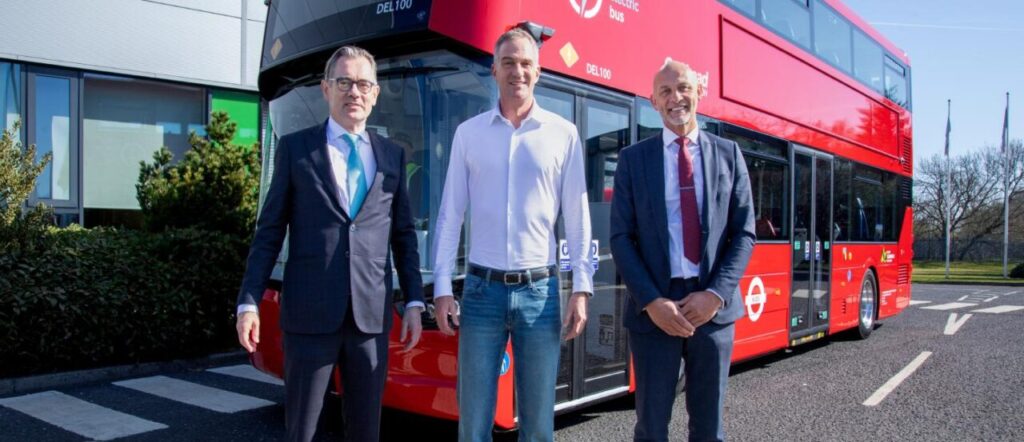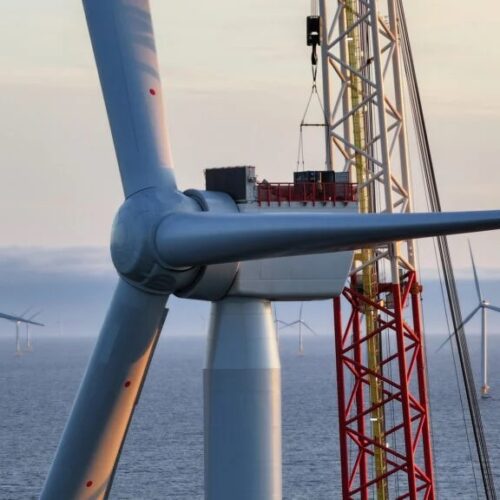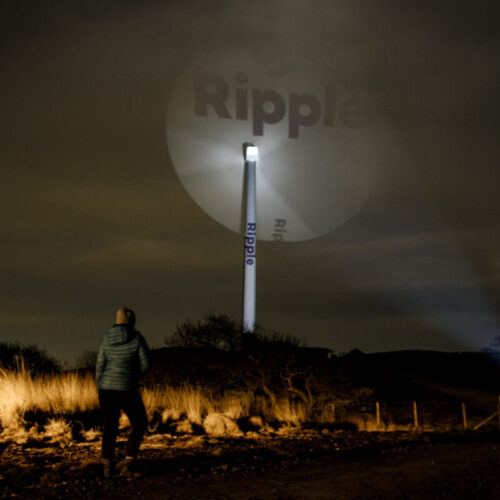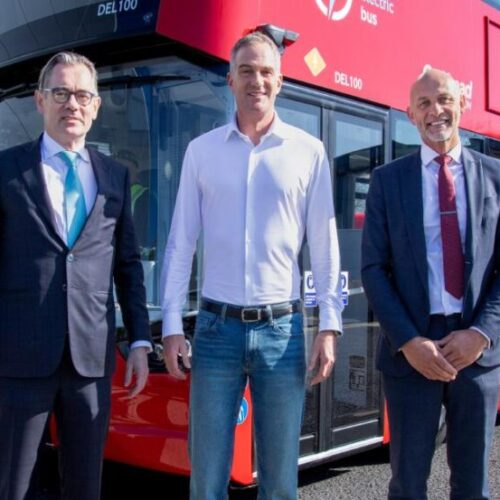Northern Irish bus manufacturer Wrightbus has allotted £25 million for research and development (R&D) of next-generation electric and hydrogen-powered vehicles.
The company said the R&D investment will be used to develop zero-emission buses, split across several areas.
A total of £10 million will be spent on developing what Wrightbus called the “world’s most efficient” double- and single-deck electric buses, designed for extended range and rapid charging times, with a further £5 million to develop the UK’s first hydrogen-powered coach.
Wrightbus already manufactures buses powered by hydrogen fuel cells, which are available in 70kW or 100kW modules. The coach model is due to be released in 18 months.
The remaining spend will see £5 million go on project validation, testing the buses for durability, efficiency and safety, with a final £5 million for a telematics system that will provide real-time performance data to operators.
Science secretary Peter Kyle called Wrightbus “proof” that backing R&D delivers “real-world impact”.
In 2021, Wrightbus delivered the first double-decker fuel cell electric vehicle (FCEV) buses to take to London’s roads, providing a 20-strong fleet. The company saw rapid growth in 2024, with record numbers of orders and said plans to increase production to 1,200 annually, increasing to 1,400 by 2026.
Wrightbus CEO, Jean-Marc Gales commented: “Innovation has played a key part in the rapid growth of Wrightbus and is one of the major things that has allowed us to switch from having a 95% diesel bus output to a 95% zero emission bus output in less than 5 years.”
Wrightbus’ delivery of over 1,000 zero emission buses for Go Ahead in 2023 created 500 new jobs in Ballymena, where the company is based in Northern Ireland, and supported 7,500 across the UK.
The UK is currently the largest market in Europe for electric buses, with 1,570 new electric or hydrogen bus units entering service during 2024. According to the Society of Motor Manufacturers and Traders (SMMT), the 35.5% increase in demand compared to the previous year was driven partly by increased model availability.






